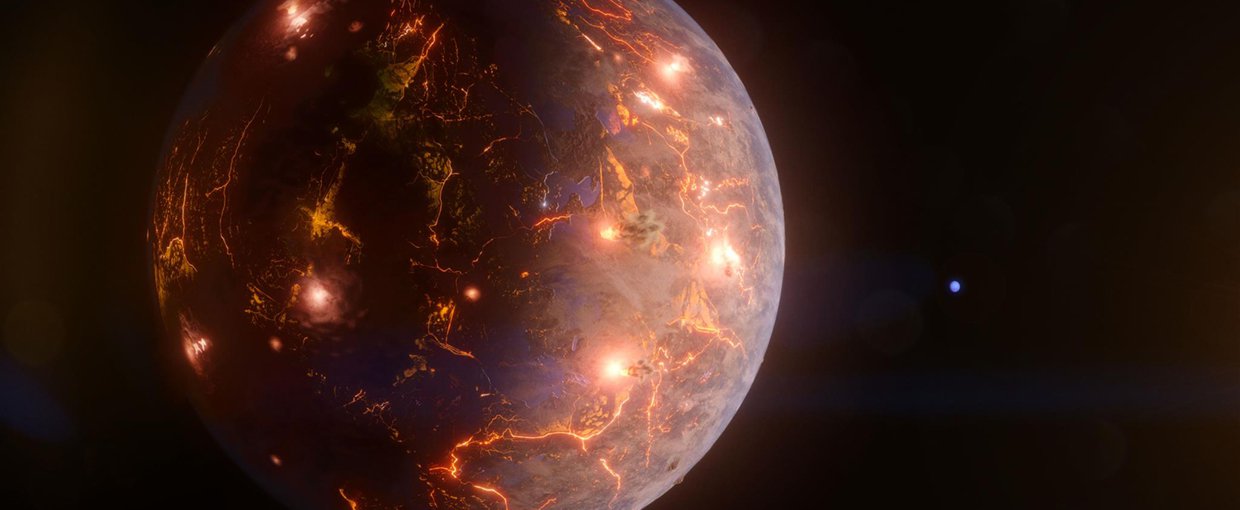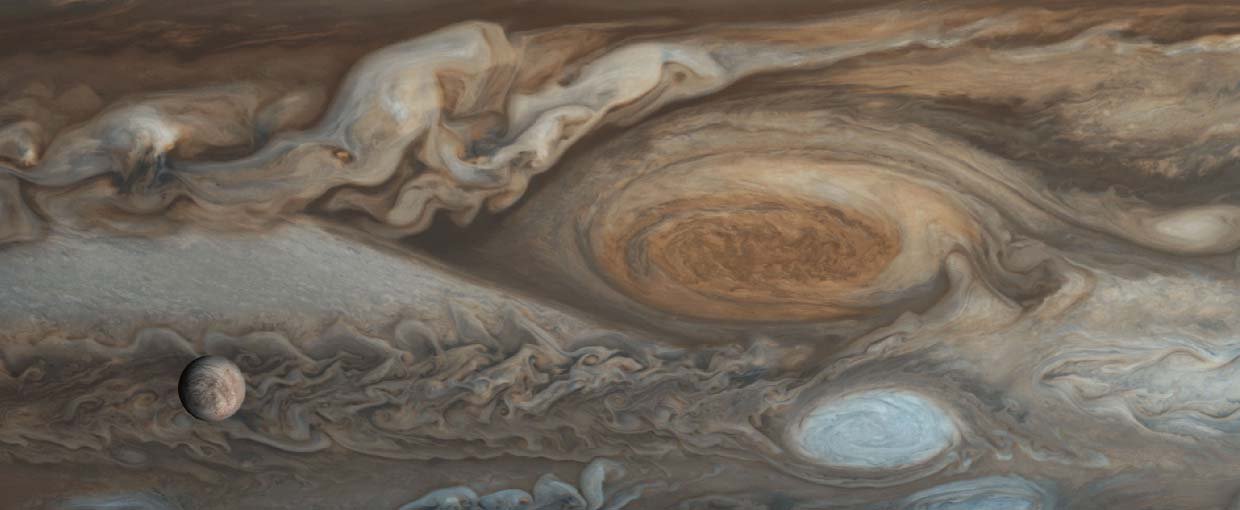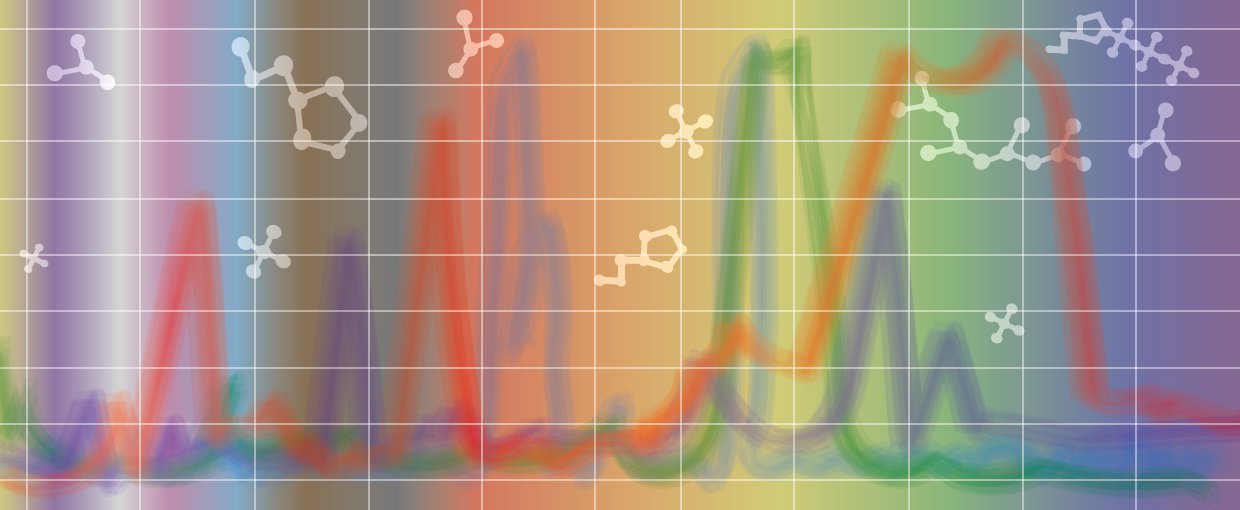Liu, W., Hao, J., Elzinga, E. J., Piotrowiak, P., Nanda, V., Yee, N., & Falkowski, P. G. (2020). Anoxic photogeochemical oxidation of manganese carbonate yields manganese oxide. Proceedings of the National Academy of Sciences, None, 202002175. doi:10.1073/pnas.2002175117
Menor-Salvan, C., Bouza, M., Fialho, D. M., Burcar, B. T., Fernández, F. M., & Hud, N. V. (2020). Prebiotic origin of pre‐RNA building blocks in a urea “warm little pond” scenario.. ChemBioChem. doi:10.1002/cbic.202000510
Németh, P., McColl, K., Garvie, L. A. J., Salzmann, C. G., Murri, M., & McMillan, P. F. (2020). Complex nanostructures in diamond. Nature Materials. doi:10.1038/s41563-020-0759-8
Penev, P. I., Fakhretaha-Aval, S., Patel, V. J., Cannone, J. J., Gutell, R. R., Petrov, A. S., … Glass, J. B. (2020). Supersized Ribosomal RNA Expansion Segments in Asgard Archaea. Genome Biology and Evolution, 12(10), 1694–1710. doi:10.1093/gbe/evaa170
Wan, B., Chen, Z., Yuan, X., Pang, K., Tang, Q., Guan, C., … Xiao, S. (2020). A tale of three taphonomic modes: The Ediacaran fossil Flabellophyton preserved in limestone, black shale, and sandstone. Gondwana Research, 84, 296–314. doi:10.1016/j.gr.2020.04.003
McDermott, J. M., Sylva, S. P., Ono, S., German, C. R., & Seewald, J. S. (2020). Abiotic redox reactions in hydrothermal mixing zones: Decreased energy availability for the subsurface biosphere. Proceedings of the National Academy of Sciences, None, 202003108. doi:10.1073/pnas.2003108117
Achilles, C. N., Rampe, E. B., Downs, R. T., Bristow, T. F., Ming, D. W., Morris, R. V., … Morookian, J. M. (2020). Evidence for Multiple Diagenetic Episodes in Ancient Fluvial‐Lacustrine Sedimentary Rocks in Gale Crater, Mars. Journal of Geophysical Research: Planets, 125(8), None. doi:10.1029/2019je006295
Ostrander, C. M., Owens, J. D., Nielsen, S. G., Lyons, T. W., Shu, Y., Chen, X., … Anbar, A. D. (2020). Thallium isotope ratios in shales from South China and northwestern Canada suggest widespread O2 accumulation in marine bottom waters was an uncommon occurrence during the Ediacaran Period. Chemical Geology, None, 119856. doi:10.1016/j.chemgeo.2020.119856
Schwid, M. F., Xiao, S., Hiatt, E. E., Fang, Y., & Nolan, M. R. (2020). Iron phosphate in the Ediacaran Doushantuo Formation of South China: A previously undocumented marine phosphate sink. Palaeogeography, Palaeoclimatology, Palaeoecology, None, 109993. doi:10.1016/j.palaeo.2020.109993
Xiao, S., Gehling, J. G., Evans, S. D., Hughes, I. V., & Droser, M. L. (2020). Probable benthic macroalgae from the Ediacara Member, South Australia. Precambrian Research, None, 105903. doi:10.1016/j.precamres.2020.105903



